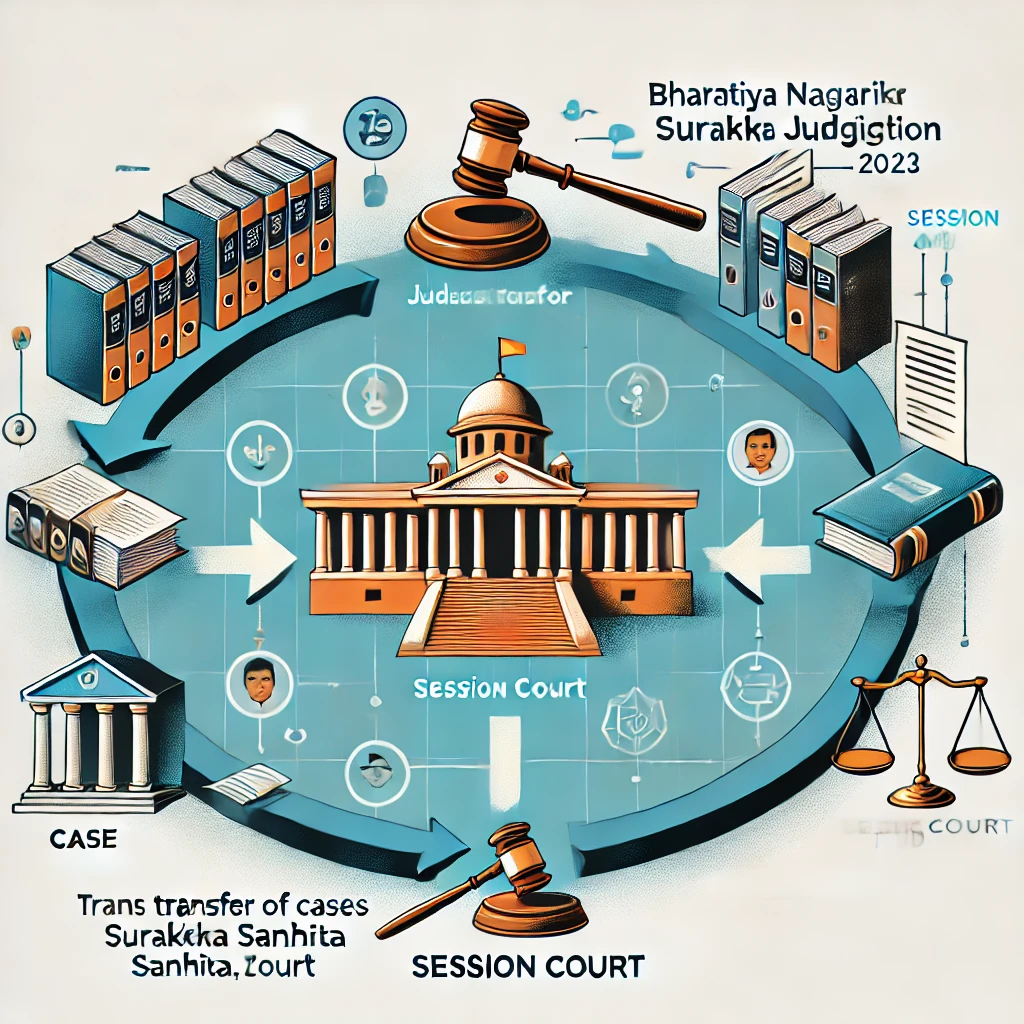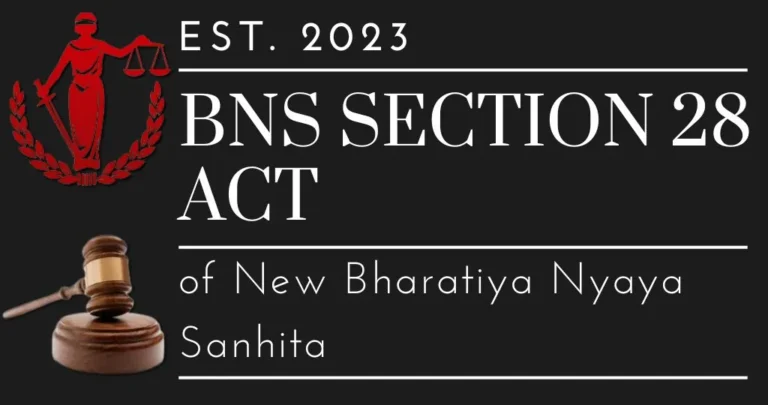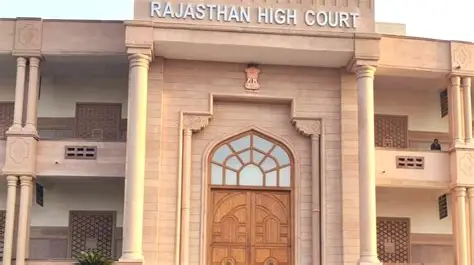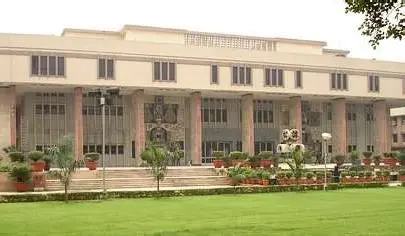
Judicial Transfer of Cases and Session Court Jurisdiction under Bharatiya Nagarik Suraksha Sanhita, 2023
Judicial Transfer of Cases and Session Court Jurisdiction under Bharatiya Nagarik Suraksha Sanhita, 2023
The Bharatiya Nagarik Suraksha Sanhita, 2023 (BNSS) is the fresh code that came in place of the Criminal Procedure Code (CrPC) and became operational from 1st July, 2024. Chapter XV of BNSS addresses the conditions under which legal proceedings are to be initiated and the role of magistrates. Sections 212 and 213 specifically address how cases can be transferred from one magistrate to another and the domain of session courts.
This article will explain in detail how these sections operate, referencing the previously discussed sections 210 and 211 to offer a more comprehensive understanding.
For More Updates & Regular Notes Join Our Whats App Group (https://chat.whatsapp.com/DkucckgAEJbCtXwXr2yIt0) and Telegram Group ( https://t.me/legalmaestroeducators ) contact@legalmaestros.com.
Section 212: Transfer of Cases by Chief Judicial Magistrate
Section 212 empowers a Chief Judicial Magistrate (CJM) to transfer a case to a subordinate magistrate for inquiry or trial after taking cognizance of the offence.
What does this mean?
In plain words, once a CJM is informed of an offence (cognizance), they can pass on the case to another magistrate within their jurisdiction who is authorized to deal with the case.
There are two sub-sections in this provision:
Section 212(1): Delegation by CJM The CJM can, directly, delegate the case to any magistrate under his control for inquiry or trial. This is to ensure smooth disposal of cases by delegating them on the basis of work load or character of the offence.
For More Updates & Regular Notes Join Our Whats App Group (https://chat.whatsapp.com/DkucckgAEJbCtXwXr2yIt0) and Telegram Group ( https://t.me/legalmaestroeducators )
Example: Assume that a CJM in Delhi is given cognizance of a case of theft. They can then opt to commit the case to a first-class magistrate in another area of Delhi to conduct the trial to ensure that the case progresses without any delay.
Section 212(2): Transfer by Authorised Magistrates A first-class magistrate, duly authorised by the CJM, can also make transfers. The CJM can pass a general or special order to lay down which magistrates are authorised to accept such cases.
Illustration: A CJM may authorise Magistrate A to transfer some categories of cases (say, minor cases of assault) to Magistrate B, who is more capable of dealing with those cases.
Reference to Sections 210 and 211:
To better grasp this, we should also refer back to Section 210, which discusses how magistrates acquire cognizance of offences. After a magistrate has acquired cognizance, Section 212 is invoked to transfer the case to another magistrate if needed.
Further, under Section 211, if the accused so wishes, a case may be transferred to another magistrate if they feel that the existing magistrate is biased or unsuitable for the case. Therefore, the provisions for transfer under Section 212 are coupled with the safeguards provided in Section 211.
Section 213: Jurisdiction of the Sessions Court
Section 213 states that a Court of Session cannot take cognizance of any offence in its original jurisdiction except upon a commitment of the case by a magistrate.
What does this imply?
This paragraph simply explains that Courts of Session are superior courts and can only deal with cases that have been referred to them by lower magistrate courts. They cannot take cognizance of an offence directly on their own.
For a case to be heard in a sessions court, it has to be first scrutinized by a magistrate, who determines whether the case is to be committed to the sessions court for a trial.
Example: Suppose there is a case of murder in which the investigation is over, and the magistrate, after going through the evidence, feels that it is a serious offence and should be tried by a sessions court. The magistrate will send the case to the sessions court so that it can take charge and hold the trial.
How this applies to Section 210:
Section 213 supports Section 210 by reiterating the notion that magistrates are the initial contact in the majority of criminal cases. While the magistrate takes cognizance of the offence under Section 210, they determine whether or not to commit the case to a sessions court for a trial at a higher level under Section 213.
Example of How the Process Works
A complaint is made against an individual for a heinous offence such as attempt to murder.
The magistrate takes cognizance of the offence under Section 210.
If the accused so desires, the case may be sent to another magistrate under Section 211.
On examination of the evidence, the Chief Judicial Magistrate, under Section 212, can send the case to some other subordinate magistrate for further investigation or trial.
After the inquiry is finished, if the case is of a serious order, the magistrate will send the case to the sessions court under Section 213 for a regular trial.
Significance of Sections 212 and 213
Both sections facilitate an effective judicial process and establish the respective functions of magistrates and sessions courts. Section 212 provides for flexibility in the transfer of cases so that justice can be delivered on time, while Section 213 strengthens the distribution of tasks between magistrate courts and sessions courts. These provisions ensure that the appropriate court addresses cases based on their seriousness and complexity.
Conclusion
The Bharatiya Nagarik Suraksha Sanhita, 2023 clarifies the procedural steps involved in filing a criminal case and ensures that cases are dealt with expeditiously at various levels of the judiciary. Sections 212 and 213 function in tandem with Sections 210 and 211 to make the judicial process streamlined. Section 212 provides for the transfer of cases by magistrates, and Section 213 defines the jurisdictional limits of the sessions court so that cases proceed through the judicial system in a systematic and orderly fashion.






